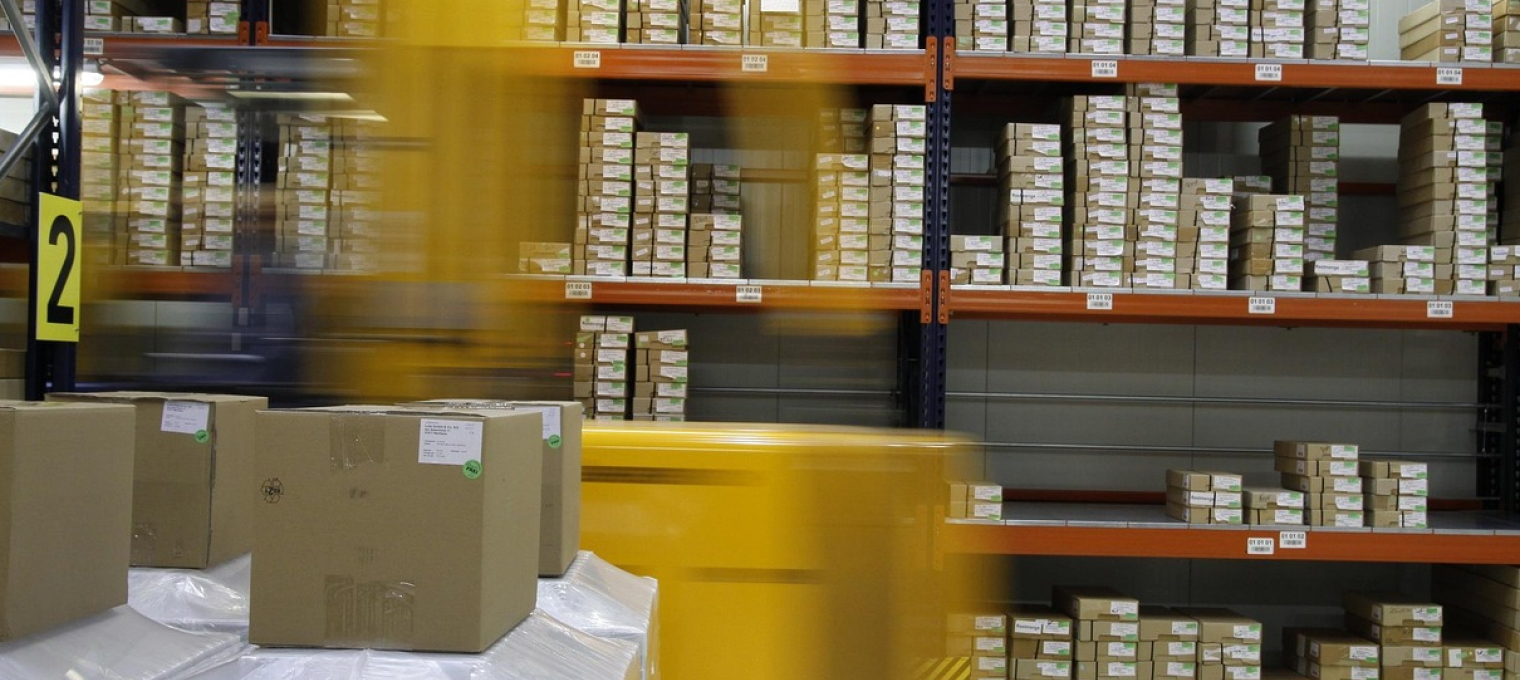The logistics and supply chain landscape in Indonesia is evolving rapidly. Rising demand, the expectation for instant deliveries, and intense competition demand smarter, faster, and more accurate warehouse operations. Traditional warehouses that rely on manual processes are becoming overwhelmed, prone to errors, and costly to maintain. So, what’s the solution? The answer lies in warehouse automation trends.
Automation is not about completely replacing people—it’s about empowering your team with technology to work more efficiently. In this article, we’ll explore five warehouse automation trends that will not only transform warehouse operations in Indonesia but also give your business a significant competitive edge.
1. Warehouse Management System (WMS): The Brain Behind It All
Imagine if your brain had to remember the location of every single SKU in a warehouse, count inventory manually, and figure out the fastest picking route. Impossible, right? That’s where a Warehouse Management System (WMS) comes in. This smart software acts as the control center of your warehouse, giving you real-time visibility across every corner. With WMS, you can optimize item placement based on popularity, minimize travel distance, and achieve inventory accuracy close to 100%. The result? Faster order processing and higher customer satisfaction. WMS is the foundation of all modern warehouse automation technologies. If you’re looking to upgrade your warehouse operations, starting with the right logistics software is the most strategic first step.
2. Robotics and AGVs: Tireless New Teammates
Forget the idea of robots replacing humans. The latest concept is collaborative robots (cobots)—machines designed to work alongside people. Among the most popular are Automated Guided Vehicles (AGVs) and Autonomous Mobile Robots (AMRs).
These advanced robots move independently through warehouse aisles, carrying racks to picking stations or transporting pallets from trucks to storage areas. They work 24/7 without fatigue, reduce the physical strain on employees, and ensure a smooth flow of goods.
The integration of robotics in warehouses significantly increases throughput and reduces workplace accidents. For warehouses with large spaces and high-volume product movement, implementing AGVs and automated storage systems can be a true game changer.
3. Internet of Things (IoT): When Every Device “Talks”
What if every pallet, rack, forklift, and warehouse door could connect and share data? That’s the power of the Internet of Things (IoT) in warehouse automation.
IoT sensors are placed throughout the warehouse to monitor everything in real-time—from the exact location of goods and the temperature of cold storage rooms to the performance of equipment. This technology provides visibility that was once impossible to achieve.
You’ll get early warnings when stock runs low, ensure perishables are stored under ideal conditions, and track valuable assets with precision. Real-time tracking eliminates operational “blind spots” and brings supply chain efficiency to an entirely new level.
4. Pick-to-Light & Put-to-Light Systems: Guiding Hands with Light
Picking and placing errors are a major pain point in warehouse operations. Pick-to-Light and Put-to-Light systems provide an elegant and highly effective solution.
Here’s how it works: small LED lights illuminate the exact bin location for the item to be picked or placed, along with a display showing the required quantity. This visual guidance eliminates confusion and ensures near-perfect accuracy.
This automation system is especially powerful in warehouses with high-volume, diverse orders—such as those in e-commerce. Implementation drastically reduces order errors and accelerates fulfillment, ultimately making customers much happier.
5. Big Data & Predictive Analytics: Forecasting the Future of Warehousing
The fifth trend might be the most “magical.” Big Data and predictive analytics transform warehouses from simple storage facilities into proactive intelligence centers.
These systems collect and analyze massive amounts of historical data—from seasonal demand patterns and order processing times to machine failure rates. With this data, the system can predict what will happen next.
For example, it can forecast when a particular product will run out, enabling automatic replenishment, or predict when a conveyor belt might break down so maintenance can be scheduled before failure occurs. Warehouse analytics shifts decision-making from reactive to proactive, saving enormous amounts of time and money.
Get Ready for a Brighter Warehouse Future with Agung Logistics
At Agung Logistics, our team of experts is ready to support you—starting from needs assessment and strategic planning to the implementation of the right logistics technology solutions for your business.








